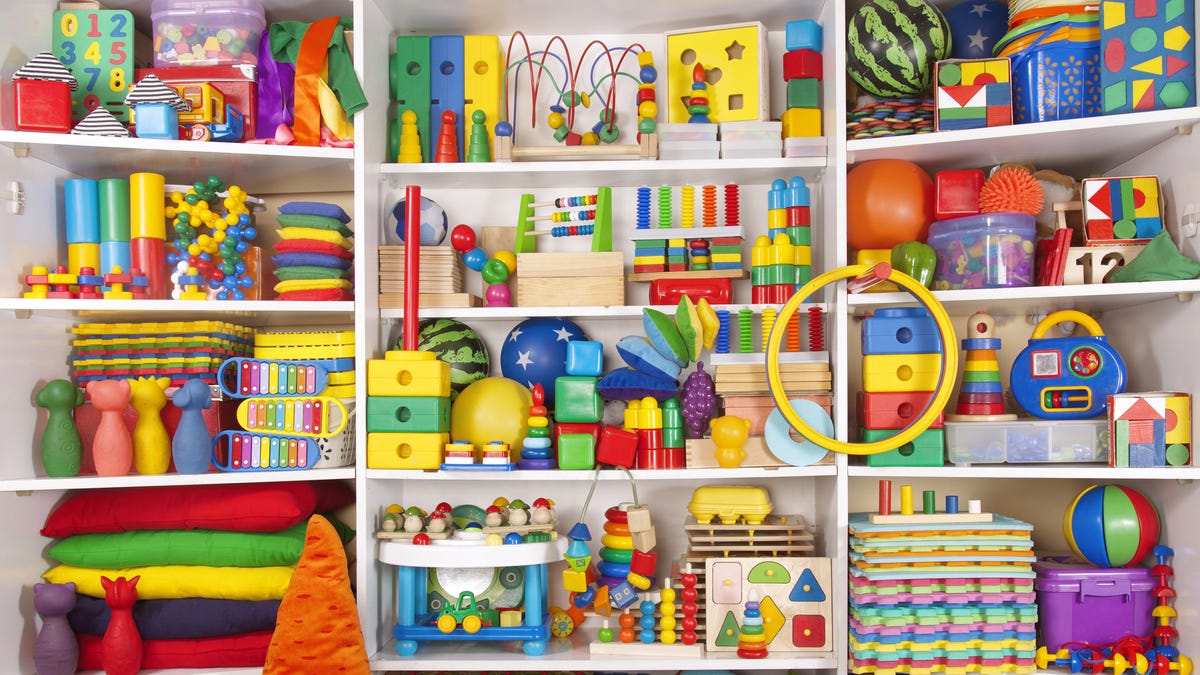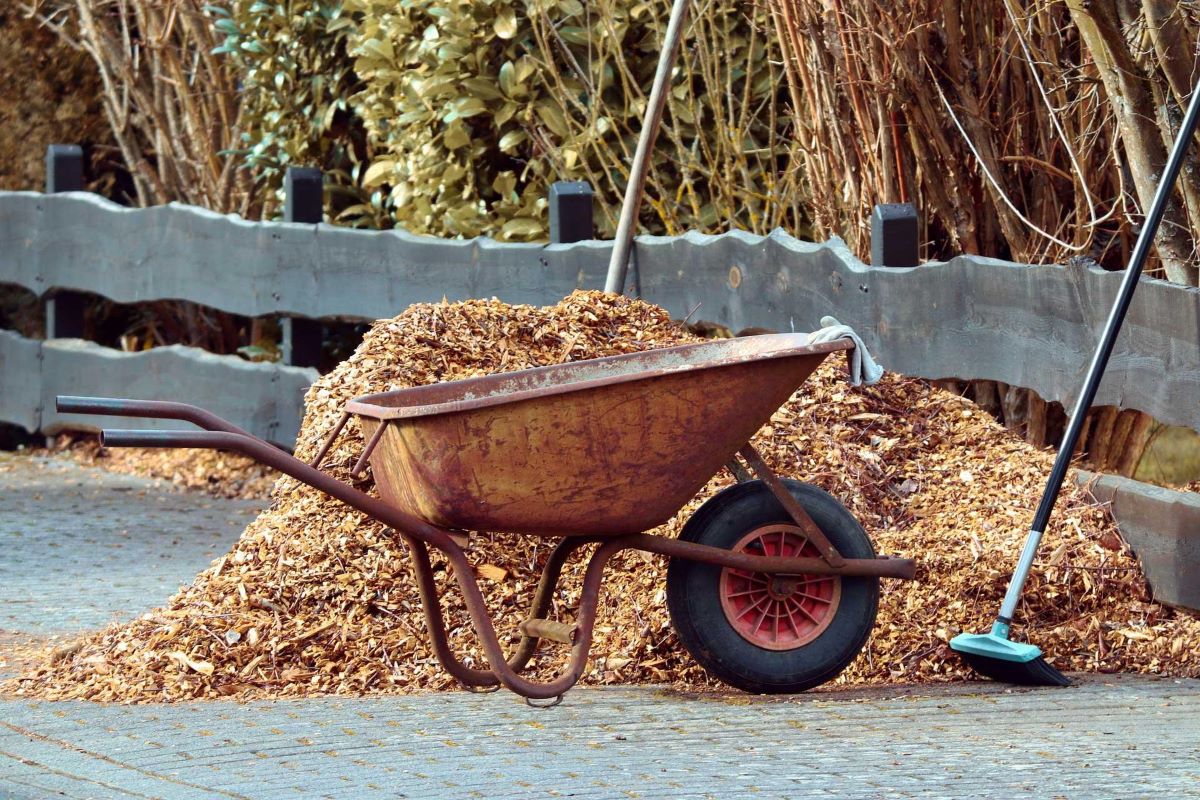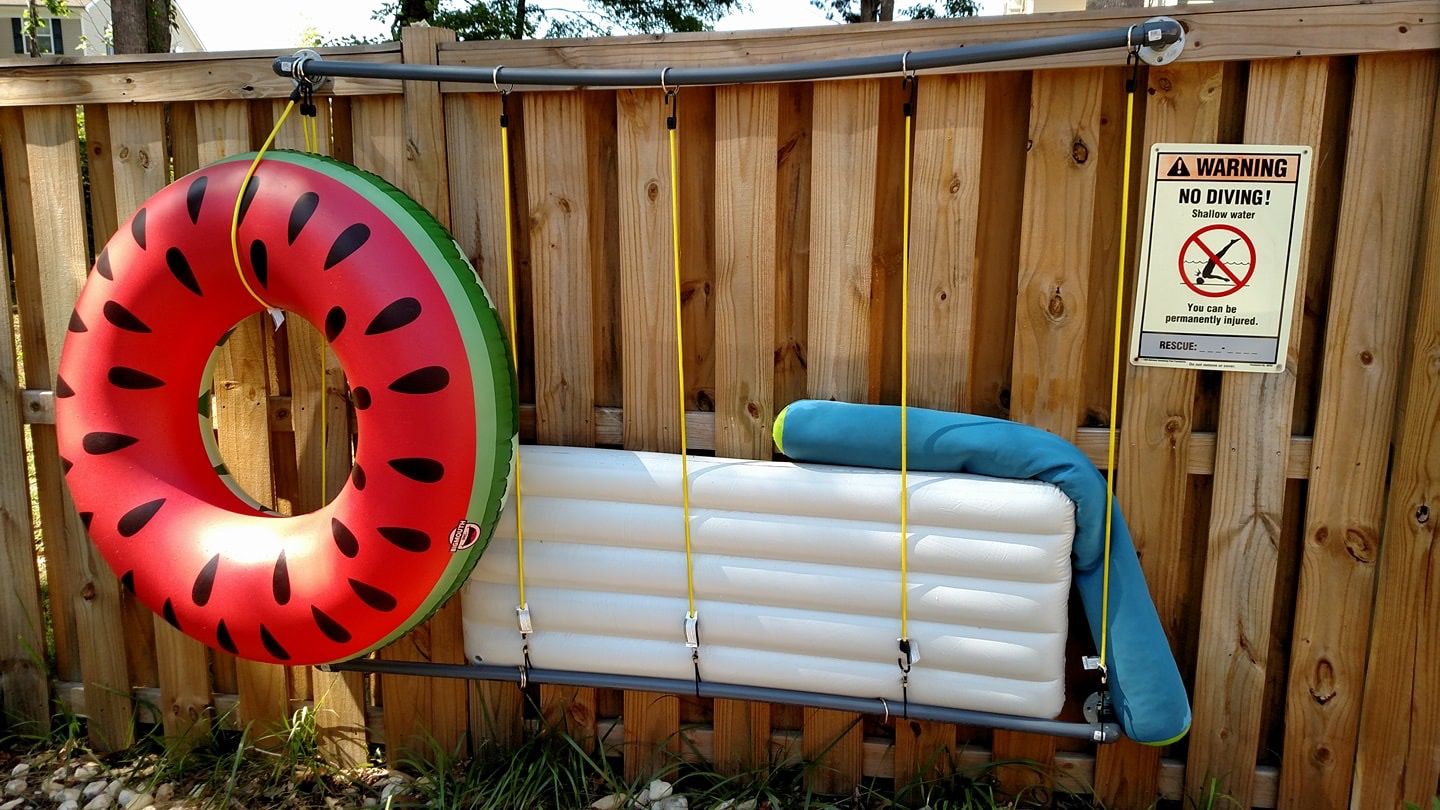

Articles
How To Store Sarees
Modified: February 24, 2024
Learn how to store sarees properly to keep them looking fresh and wrinkle-free for longer. Our informative articles provide step-by-step guides and expert tips for saree storage.
(Many of the links in this article redirect to a specific reviewed product. Your purchase of these products through affiliate links helps to generate commission for Storables.com, at no extra cost. Learn more)
Introduction
Sarees are not just a piece of clothing; they hold cultural significance and sentimental value for many individuals. Whether you have inherited exquisite silk sarees from generations past, or you have invested in a collection of modern designer sarees, proper storage is essential to preserve their beauty and longevity.
Storing sarees correctly prevents them from getting damaged by moisture, sunlight, pests, and wrinkles. In this article, we will explore the various methods of storing sarees to ensure they remain in pristine condition for years to come.
Choosing the right storage method is crucial to maintaining the quality of your sarees. Factors such as the fabric, embellishments, and available space will determine the most suitable storage solution for you.
Before storing your sarees, it is essential to clean them thoroughly. This will remove any dust, stains, or odors that may have accumulated over time. Depending on the fabric, you can either hand wash or dry clean your sarees. Ensure they are completely dry before proceeding to the next step.
Now, let’s delve into the different methods of storing sarees.
Key Takeaways:
- Preserve the beauty and longevity of your sarees by choosing the right storage method, cleaning and preparing them properly, and following essential maintenance tips.
- Whether folding in a wardrobe, hanging in a closet, or storing in boxes, proper storage and care will ensure your sarees remain in excellent condition for years to come.
Read more: How To Store Silk Sarees
Choosing the Right Storage Method
When it comes to storing sarees, it’s important to consider the space you have available, the number of sarees you need to store, and the level of accessibility you desire. Here are three popular storage methods to choose from:
- Storing in a Wardrobe: If you have enough closet or wardrobe space, this is a convenient option. Make sure the wardrobe is clean and dry before placing your sarees inside. You can fold the sarees and stack them neatly on shelves or in drawers. Avoid overcrowding to prevent creasing and wrinkling.
- Hanging in a Closet: Hanging sarees is an excellent option if you have limited space or delicate sarees that are prone to creasing. Use padded hangers or fabric covers to protect the sarees from any potential damage. Hang them individually, leaving enough space between each saree to prevent crushing.
- Storing in Storage Boxes: If you have a large saree collection or need to store them for an extended period, storage boxes can be a practical solution. Choose acid-free boxes or garment bags to prevent discoloration and deterioration. Wrap each saree in acid-free tissue paper to provide additional protection.
Consider the specific needs of your saree collection before deciding on the storage method. Remember that proper ventilation, protection from sunlight, and temperature control are essential for maintaining the sarees’ quality.
Now that you have chosen your storage method, it’s important to prepare your sarees for storage properly.
Cleaning and Preparing Sarees for Storage
Before storing your sarees, it is crucial to ensure they are clean and properly prepared. Follow these steps to clean and prepare your sarees for storage:
- Assess the Fabric: Different fabrics require different care. Check the label or consult a professional to determine the appropriate cleaning method for your sarees. Silk and delicate fabrics may require dry cleaning, while cotton and synthetic blends can be hand washed. Avoid using harsh detergents or bleach, as they can damage the fabric.
- Inspect for Stains: Examine each saree for any stains or spots. Treat any stains promptly using a stain remover suitable for the fabric. Gently dab the stained area without rubbing, as this may spread the stain further. Allow the stain remover to penetrate the fabric for the recommended time, and then wash or dry clean the saree as per the fabric’s care instructions.
- Remove Odors: If your sarees have absorbed any unpleasant odors, air them out before storage. Hang them in a well-ventilated area or place them in an open space to allow the odors to dissipate. You can also place fresh and lightly scented sachets or cedar chips in the storage area to keep the sarees smelling fresh.
- Fold or Iron: Once your sarees are clean and odor-free, decide whether to fold or iron them before storage. Folding sarees is a space-saving option, but be careful to fold along the natural lines of the saree to prevent permanent creases. If you choose to iron the sarees, set the iron to the appropriate heat level for the specific fabric and iron them gently.
- Use Acid-Free Tissue Paper: To protect your sarees from creasing and color transfer, place a layer of acid-free tissue paper between each fold or layer. The tissue paper will act as a barrier and prevent any damage or discoloration that may occur over time.
By following these steps, you ensure that your sarees are clean, fresh, and ready for storage. Next, let’s explore the specific methods of folding and storing sarees depending on the storage option you have chosen.
Folding and Storing Sarees in a Wardrobe
If you have enough wardrobe space, folding and storing sarees in a wardrobe is a convenient option. Here’s how you can properly fold and store your sarees:
- Sort and Organize: Begin by sorting your sarees based on their fabric, colors, or occasions. This will make it easier for you to locate a specific saree when needed. Create sections or use dividers to keep different categories separate.
- Folding Technique: Lay the saree flat on a clean, flat surface, such as a bed or a table. Start by folding one end of the saree towards the center, creating a wide strip. Then, fold the other end towards the center to match the width of the first fold. Now, fold the saree in half lengthwise. Finally, fold the saree into a rectangular shape, ensuring that the pallu (decorative end) is on the top.
- Stacking: Stack the folded sarees vertically in your wardrobe. Avoid overpacking to prevent unnecessary creasing. If you have a lot of sarees, consider using drawer organizers or shelf dividers to keep the stacks separate and organized.
- Labeling: If you have a particularly large saree collection, you may want to consider labeling the shelves or dividers to easily locate specific sarees. Write the name or category of each stack on a small label or use color-coded tags.
- Maintenance: Regularly inspect your sarees for any signs of damage, pests, or discoloration. If you notice any issues, take appropriate measures to address them promptly. Air out your wardrobe occasionally to prevent any musty smells or moisture buildup.
By following these folding and storing techniques, you can keep your sarees neatly organized and protected from damage, making it easier to select the perfect saree for any occasion.
Next, let’s explore the option of hanging sarees in a closet for a different storage method.
Store sarees in a cool, dry place away from direct sunlight to prevent fading. Avoid hanging them for long periods as it can cause stretching, instead fold and store them in a breathable cotton or muslin bag to protect the fabric.
Hanging Sarees in a Closet
If you have limited space or prefer to hang your sarees to prevent creasing, hanging them in a closet is an excellent storage option. Follow these steps to hang your sarees effectively:
- Choose the Right Hanger: Invest in padded hangers or hangers with clips to prevent any damage to the fabric. Avoid using wire hangers, as they can leave marks or cause the sarees to slip off.
- Individual Hanging: Hang each saree individually on a hanger. Start by draping the saree over the hanger, ensuring that the pallu (decorative end) hangs down. Smooth out any wrinkles or folds to keep the saree in its best form.
- Space Out the Sarees: Allow sufficient space between each saree to avoid crushing or wrinkling. Overcrowding can lead to unnecessary creases, and it can be challenging to retrieve a specific saree without disturbing others.
- Use Fabric Covers: If you want to provide an extra layer of protection, consider using fabric covers or garment bags for your hanging sarees. These covers will shield the sarees from dust and prevent any potential damage from exposure to light.
- Organize by Occasion or Color: Arrange your hanging sarees based on occasion or color to make it easier to find the desired saree. You can place similar sarees together or group them by formal, casual, or festive occasions. This way, you can quickly locate the perfect saree for any event.
- Regularly Rotate: To avoid any potential stretching or sagging of the sarees, make it a habit to rotate them occasionally. Switch the sarees from one side of the hanger to the other or move them to a different hanger to distribute the weight evenly.
By hanging your sarees in a closet, you can not only save space but also keep them in excellent condition, ready to wear whenever you desire.
Next, let’s explore the storage option of storing sarees in storage boxes.
Read more: How To Store Basil From Store
Storing Sarees in Storage Boxes
If you have a large saree collection or need to store your sarees for an extended period, using storage boxes is a practical option. Follow these steps to store your sarees in storage boxes effectively:
- Choose the Right Storage Boxes: Opt for sturdy and acid-free storage boxes or garment bags to protect your sarees from dust, moisture, and pests. Acid-free boxes prevent discoloration and damage to the fabric over time.
- Fold and Wrap: Fold each saree following the folding technique mentioned earlier. Wrap each saree in acid-free tissue paper or muslin cloth to provide an extra layer of protection. This helps prevent any potential color transfer or creasing during storage.
- Stacking in Boxes: Place the wrapped sarees vertically in the storage box to maximize space. Avoid overpacking the box, as it may cause unnecessary pressure on the sarees and lead to creases or damage. You can also use dividers or layers of tissue paper between each stack to keep them separated and organized.
- Labeling: Label each storage box with the categories or types of sarees stored inside. This makes it easier to locate specific sarees when needed without rummaging through numerous boxes.
- Proper Storage Location: Store the saree-filled boxes in a cool, dry, and well-ventilated area. Avoid storing them in basements, attics, or areas prone to temperature fluctuations or excessive humidity. These conditions can promote mold growth and damage the sarees.
- Maintenance: Periodically check the storage boxes to ensure there are no signs of pests or moisture. If you suspect any issues, take the necessary steps to address them promptly. Additionally, air out the storage area occasionally to keep it free from any musty odors.
Storing your sarees in storage boxes not only protects them from external elements but also keeps them neatly organized and easily accessible when needed.
Now that we have explored various methods of storing sarees, let’s move on to some essential tips for maintaining the quality of your sarees during storage.
Tips for Maintaining Saree Quality during Storage
Proper storage is essential for maintaining the quality and longevity of your sarees. Here are some tips to keep in mind to ensure your sarees remain in excellent condition during storage:
- Clean and Dry: Always clean your sarees before storing them to remove any dirt, stains, or odors. Make sure they are completely dry before folding or hanging them to prevent mold or mildew growth.
- Use Acid-Free Materials: Whether you are using storage boxes, tissue paper, or garment bags, make sure they are acid-free. Acidic materials can cause discoloration and deterioration of the fabric over time.
- Avoid Plastic Bags: While it may be tempting to use plastic bags for storage, they can trap moisture, leading to mold and mildew growth. Opt for breathable fabric covers or acid-free tissue paper instead.
- Maintain Proper Ventilation: Proper airflow is crucial to prevent musty smells and moisture buildup. Ensure that the storage area is well-ventilated and periodically air it out.
- Protect from Sunlight: Direct sunlight can fade the colors of your sarees over time. Store them in a dark or shaded area to protect them from unnecessary sun exposure.
- Rotate and Refold: To avoid permanent creases and fabric damage, periodically rotate and refold your sarees. This distributes the weight and pressure on the fabric, preventing sagging or stretching in specific areas.
- Inspect Regularly: Check your sarees periodically for any signs of pests, discoloration, or damage. Promptly address any issues to prevent further deterioration.
- Avoid Moth and Pest Infestations: Use natural moth repellents such as cedar chips or lavender sachets to keep pests away from your sarees. Avoid using mothballs or harsh chemicals that can damage the fabric.
- Protect Embellishments: If your sarees have delicate embellishments such as sequins or embroidery, place a layer of soft fabric or acid-free tissue paper over them to prevent snagging or tangling.
By following these tips, you can ensure that your sarees remain in excellent condition during storage, preserving their beauty and quality for years to come.
Now that you have the knowledge to store your sarees effectively, you can keep your collection organized and well-maintained.
Conclusion
Proper storage is crucial for preserving the beauty and quality of your sarees. Whether you choose to fold them in a wardrobe, hang them in a closet, or store them in boxes, following the right techniques and taking necessary precautions will ensure that your sarees remain in excellent condition for years to come.
Start by choosing the storage method that suits your available space and requirements. Assess the fabric of your sarees and clean them thoroughly before storing. Folding sarees properly and using acid-free materials like tissue paper or fabric covers will protect them from wrinkles and damage.
If you opt to hang your sarees, invest in padded hangers or use garment bags to prevent creasing and maintain their shape. Organize your sarees by occasion or color to make it easy to find the perfect saree for any event.
For those with a large collection or longer storage needs, storing sarees in storage boxes is an ideal option. Ensure the boxes are sturdy and acid-free, and label them for easy identification of specific sarees.
Throughout the storage process, it’s important to regularly inspect your sarees for signs of damage or pests. Maintaining proper ventilation and protecting your sarees from sunlight are also crucial factors in preserving their quality.
By following these tips and techniques, you can keep your sarees in pristine condition, ready to be worn and cherished for generations. Treat your sarees with care and respect their cultural significance to truly make them an integral part of your wardrobe.
Now, armed with this knowledge, start organizing and storing your sarees with love and attention. Your beautiful sarees deserve nothing less than the best care!
Frequently Asked Questions about How To Store Sarees
Was this page helpful?
At Storables.com, we guarantee accurate and reliable information. Our content, validated by Expert Board Contributors, is crafted following stringent Editorial Policies. We're committed to providing you with well-researched, expert-backed insights for all your informational needs.















0 thoughts on “How To Store Sarees”